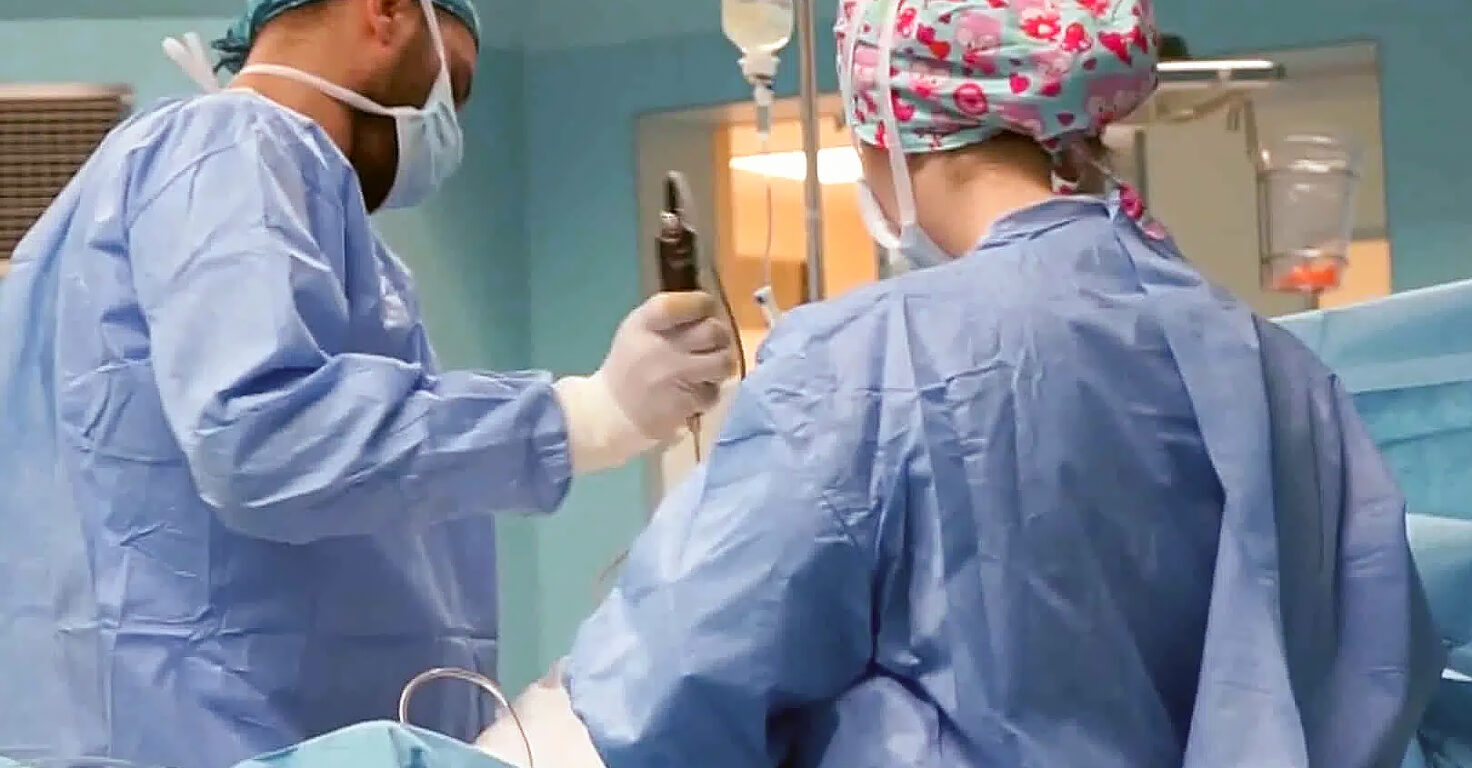Liposuction, also known as lipoaspiration, is a surgical procedure performed all over the world. Every day, it attracts more and more patients wishing to slim down one or more parts of their body, thus reshaping their silhouette in a harmonious way.
1. Why have liposuction?
There are several reasons why patients may resort to liposuction:
- Excess localized fat: Some people have areas of the body that tend to store excess fat. Liposuction can help remove this fat to improve the appearance of these areas.
- Unsatisfactory results after weight loss: Some people may have lost weight, but are left with stubborn areas of fat that don’t respond to diet or exercise. Liposuction can help remove this fat to improve the appearance of these areas.
- Genetic build: Some people have a genetic build that makes them more likely to store fat in certain areas of the body. Liposuction can help treat this problem
- Improve physical appearance: Liposuction can help improve overall physical appearance by removing excess body fat and shaping body contours.
It is important to note that liposuction is a surgical technique and should be considered as a last resort after trying non-surgical methods to achieve weight loss and body contouring goals. It is also important to consult a board-certified plastic surgeon to discuss your expectations and whether you are a good candidate for liposuction.
2. Who is this intervention intended for?
Both men and women can undergo liposuction. Women who have given birth can be treated, provided they wait 6 months after giving birth and stop breast-feeding. It is also important to note that liposuction is not recommended for people with underlying health problems or significant medical history.
3. What areas of the body can be treated?
Would you like to do away with your saddlebags, love handles or those stubborn little lumps on your knees? Liposuction can be performed on many areas of the body. In fact, it is a commonly performed aesthetic procedure to improve the appearance of areas of the body that tend to store fat, such as the hips, thighs, buttocks, stomach and arms.
4. Procedure
The first step before undergoing liposuction is a pre-operative check-up. During this consultation, the patient will have the opportunity to express his or her expectations and wishes. The surgeon will analyze the situation to determine whether an operation is feasible.
Secondly, various aspects of the operation will be discussed. Depending on the number of areas to be treated, the duration of the procedure, the length of hospital stay and the type of anesthesia may vary.
The third part concerns the intervention itself. During the operation, the surgeon will make 3 to 4 mm incisions . These are discreet and often hidden in a natural crease to keep scars as inconspicuous as possible. After infiltration, the fat to be extracted is sucked up using a fine cannula connected to a medical vacuum cleaner, allowing the contours and volumes of the area to be treated to be worked out.
Finally, the patient can go home the same day. Recovery can vary depending on the amount of fat removed and the area treated, but most patients can return to their normal activities within a few days.
It is advisable to wait 6 months before assessing the final result.
5. How much does liposuction cost?
The cost of liposuction varies according to the number of areas to be treated. Rates at Claris Clinic, where experienced and competent specialists will accompany you in a secure, modern environment, start at 2,950 euros + VAT. They then vary according to the number of zones to be treated. This rate includes all services (surgeon, anesthetist, clinic, etc.) as well as all post-operative follow-up (panty, dressings, follow-up consultations, etc.), which is not always the case. You should therefore make sure that the rates presented to you by certain clinics include all services.

